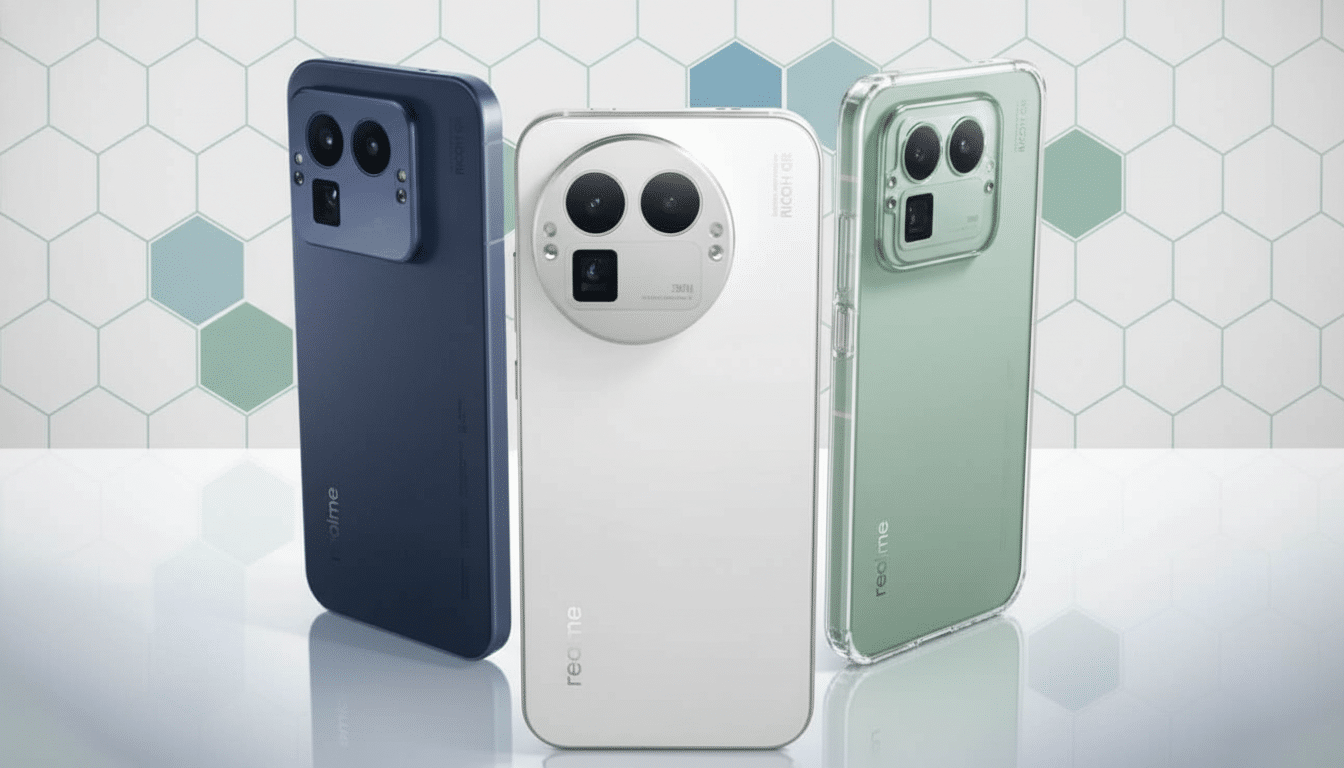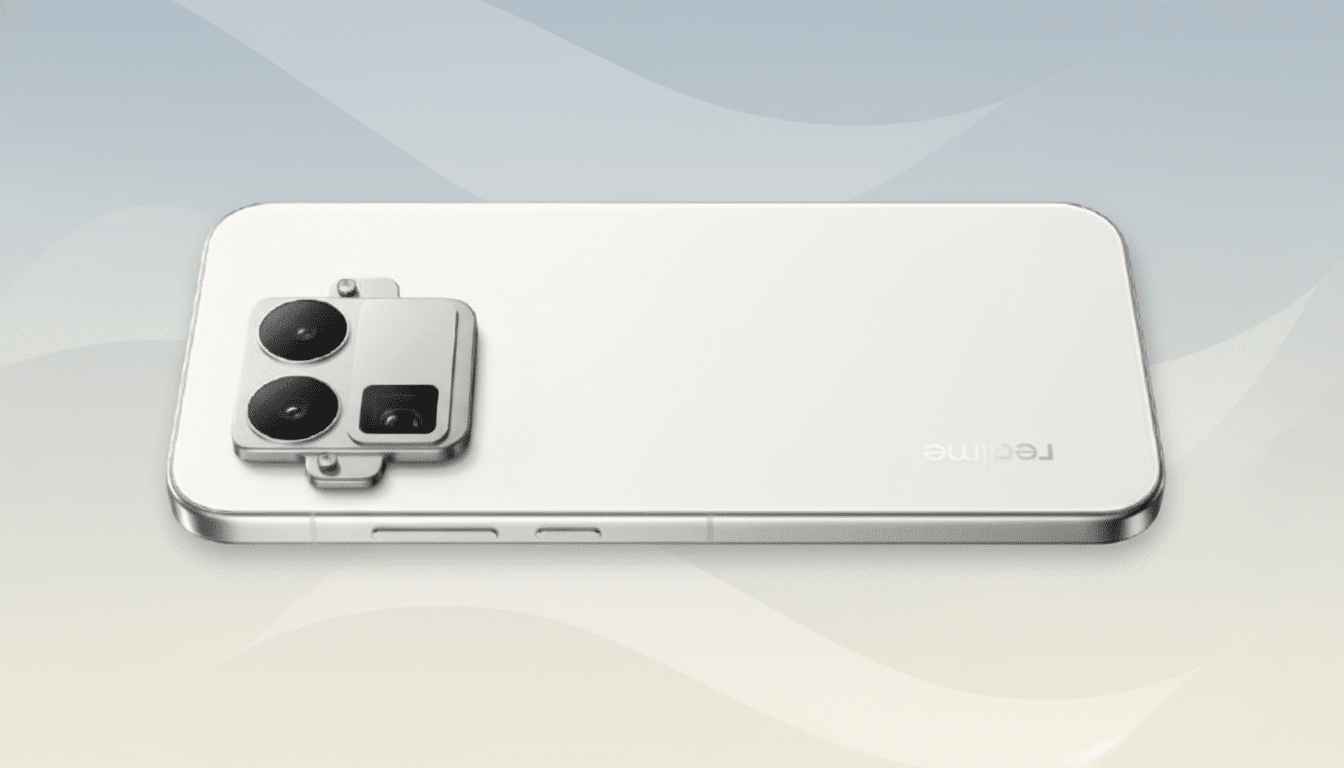A 200MP periscope camera without the luxury price
The Realme GT8 Pro arrives with a headline feature more usually found in the top-end phones of yesteryear: a 200MP camera for its telephoto lens. Starting at 3,999 yuan (about $562) in China for the 12GB/256GB model, it’s cheaper than competitors with comparable long-zoom, high-resolution hardware. If that launch price sticks, this may be the cheapest phone yet with a 200MP tele lens.
Why does that matter? Telephoto hardware is among the costliest components in a smartphone bill of materials. Costs go up with periscope assemblies, optical stabilization, and larger sensors, which is why 200MP tele modules have been the preserve of high-end devices from the biggest camera-focused brands so far. Realme is attempting to change that narrative with aggressive pricing.
- A 200MP periscope camera without the luxury price
- How Realme’s sensor choice shapes zoom performance
- Camera hardware beyond the headline features and specs
- Design tweaks and modular touches for phone tinkerers
- Performance Display and Battery Headroom
- Price context in China and the European market outlook
- What to look for in real-world testing and reviews
- Bottom line: value promise hinges on global pricing

How Realme’s sensor choice shapes zoom performance
The GT8 Pro’s 200MP module is a 3x periscope-backed number with Samsung’s ISOCELL HP5 (1/1.56-inch, f/2.6), an impressively big chip for a tele lens.
That larger-than-most tele sensor can gather more light for better detail and less noise — particularly helpful for portraits and indoor scenes that a small tele sensor would generally struggle with.
According to Realme, the system can apparently offer up to 6x “lossless” zoom mode thanks to in-sensor cropping via its towering pixel count of 200MP. In practice, that process preserves more detail than digital zoom in good light, but it’s not an analog for a true dedicated longer optical reach. The tele also focuses close to about 25 cm, turning the submarine-like periscope into a makeshift macro for close-ups — rarely seen and actually a bit useful.
Camera hardware beyond the headline features and specs
The other half of the camera stack is impressive: a 50MP main (1/1.56-inch) for solid dynamic range, a 50MP ultrawide for landscapes and group shots, and a 32MP selfie camera. For color science and tuning profiles, Realme has teamed up with Ricoh – an interesting choice, given Ricoh’s reputation for slow, natural rendering on its GR series. It is a sign that Realme wants credibility outside spec sheet fireworks.
Video tools lean into creators. The phone has 4K at up to 120 fps with Dolby Vision capture and also supplies LOG video, which is the foundation for flexible grading. There is also a stripped-down “pro camera” UI with a minimalist set of controls when you wish to concentrate purely on timing and framing.
Design tweaks and modular touches for phone tinkerers
In a weird move of the sort we’ve come to know and love at Apple, you can swap out the rear camera housing. Realme offers several styles — including circular-shaped and square modules — and will also share schematics so enthusiasts can 3D print custom backs. It’s not exactly skin-deep: it represents a brand willing to try something new with personalization at a time when slabs can often feel interchangeable.

Performance Display and Battery Headroom
Powered by Qualcomm’s Snapdragon 8 Elite Gen 1, it has a massive 6.79-inch QHD+ 144Hz OLED that reaches a claimed peak of around 7,000 nits and up to about 2,000 nits in direct sunlight. If those numbers translate into constant brightness, visibility in bright light should be great. It’s also highly dust- and water-resistant with an IP69 rating, something that is rare among even flagships.
Everything is fueled by a 7,000mAh dual-cell battery with 120W wired charging and 50W wireless charging. The capacity is high, especially for a thin flagship, and will work toward mitigating the power draw of fast-action gaming and heavy camera use. Rapid top-ups mean you don’t lose time between takes.
Price context in China and the European market outlook
The headline price is for China, and history indicates a higher tag elsewhere. The last GT7 Pro started out cheaper in China, but it then brought a promotional price of just below €800 and a regular price north of €1,000 to Europe. With a slight raise, the GT8 Pro might still be able to snatch buyers from other 200MP-tele competitors like the Vivo X200 Pro, Honor Magic 7 Pro, and Xiaomi 15 Ultra that were priced slightly on the higher side for European markets.
Market researchers like Counterpoint Research have pointed out that upgrades to cameras have been a significant contributor to higher prices in premium phones. If Realme maintains a tight delta between China and all other markets, that could put pressure on competitors to reconsider the cost of high-end tele systems.
What to look for in real-world testing and reviews
And even a 200MP tele is no assurance of best-in-class imagery. How well stabilization quality, deconvolution, and texture preservation hold up at 3x and 6x will determine whether the phone simply resolves more pixels or can actually show cleaner detail. Independent testing labs and reviewers often likewise stress consistency across focal lengths: We’ll want to see strong color matching between the main and tele, low-light performance at the telephoto end of things, and how skin tones turn out under natural, flash, fluorescent, and mixed light.
Bottom line: value promise hinges on global pricing
On paper, the Realme GT8 Pro remolds the value-for-money equation for long-zoom camera phones. A 200MP periscope camera at this price is an odd rarity, and the supporting specs — a fast OLED display, giant battery, serious ingress protection — make the package even more compelling. The unanswered question is international pricing. If Realme can make it affordable, it could be the most cost-effective way to a 200MP telephoto without losing out on flagship polish.

